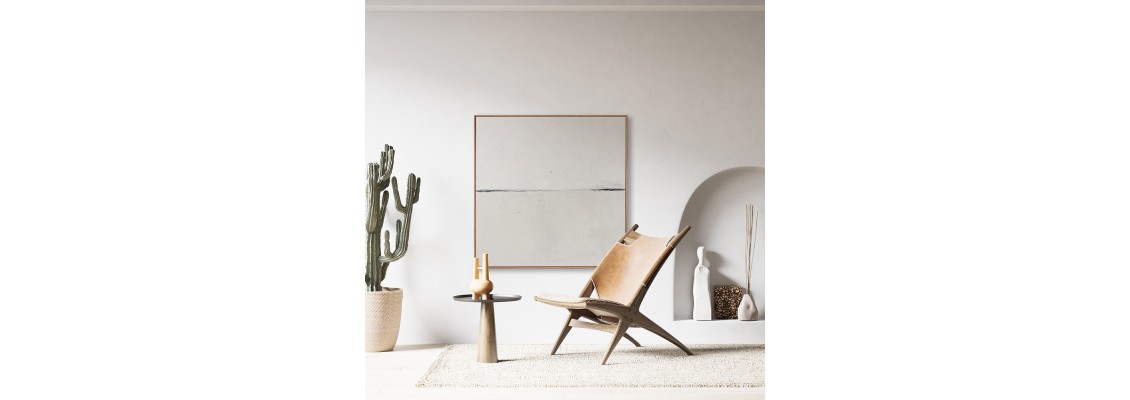
In the world of interior design, diversity sparks creativity. Balancing different stylistic era – the sleek lines of modernism and the timeless beauty of vintage aesthetics – can create magnificent living spaces that resonate with multilayered narratives. Moreover, when such design elements are incorporated with dynamic hues and textures from abstract painting, a unique artistic dimension ascends, accentuating the overall aura of a room.
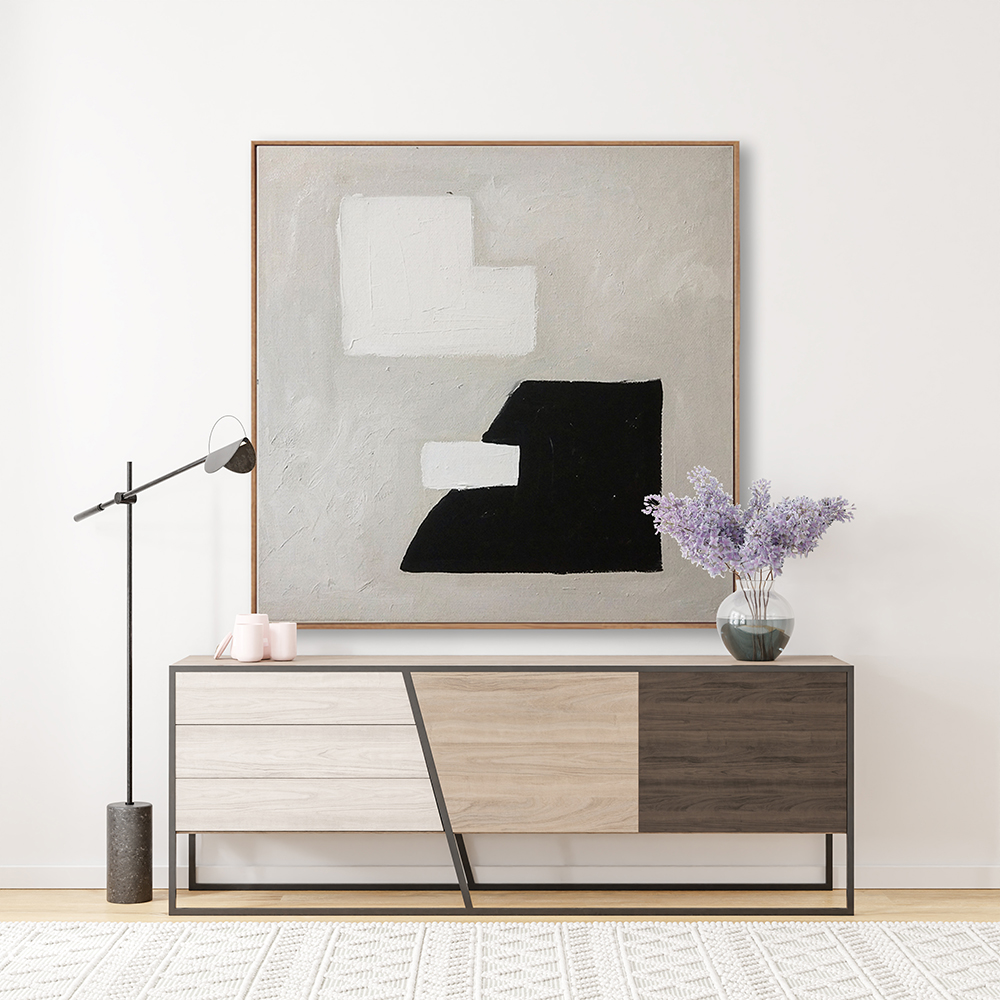
Modern interior design embodies streamlined simplicity and the sophisticated art of space utility. Everything from furniture to accessories is characterized by crisp lines, geometric patterns, and minimalistic approach. Materials like glass, metal, and steel play a vital role in shaping the modernist aesthetic. A judiciously chosen abstract can breathe life into such an environment, disrupting the polished uniformity with a mélange of colors and forms. The spectrum in such a painting breaks up the monochromaticity often embraced in modern design and introduces an organic splash of vibrancy.
On the other hand, vintage interior design pays homage to past decades, where intricate embellishments, plush fabrics, woodwork, and muted pastel hues hold sway. The charm lies in its ability to evoke nostalgia, transporting residents and visitors to times of old-world elegance. To incorporate abstract art into this setting seems almost contrarian, yet therein exists a captivating possibility. A bold abstract painting commands attention amidst antique furniture and period styling, introduces unexpected contemporaneity, and balances the old-world nostalgia.
Moreover, abstract art provides a unique opportunity to set the color palette for the room's décor. For instance, in a vintage setting, a pastel-toned abstract piece can emphasize the soft romantic hues that define the style. In a modern space, a monochromatic abstract can complement the clean, minimalist color scheme while a brightly-colored piece can form an engaging contrast.
In both modern and vintage interiors, textures are key elements. The tactile experience of vintage wooden furniture or the sleek finish of a modern steel piece is very definitive of the style. In such spaces, abstract paintings work as texture boosters. Created with various artistic media, these paintings can exhibit a range of textures – from thick impasto to smooth glazes – fostering multi-dimensionality in any room.
In conclusion, uniting elements from different eras – modern, vintage – along with the bold expressiveness of abstract art, leads to a harmonious amalgamation of styles. Each individual component upholds its essence while simultaneously enriching the composite aesthetic of the space. This design philosophy celebrates contrasts, cherishes continuity, and cultivates an environment of expressive resonance – truly a testament to the boundless, ever-evolving world of interior design.

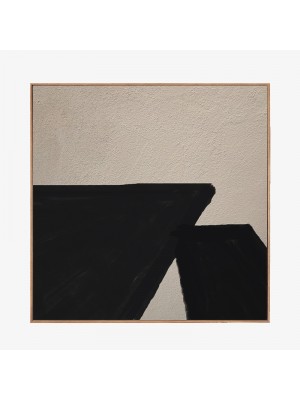
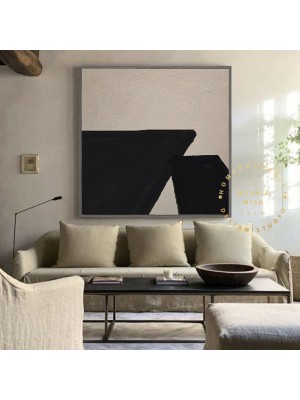
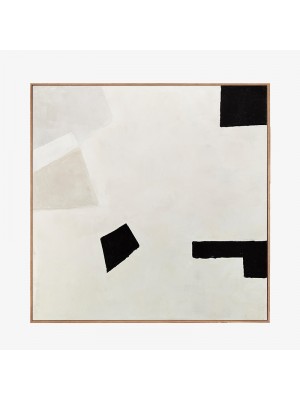
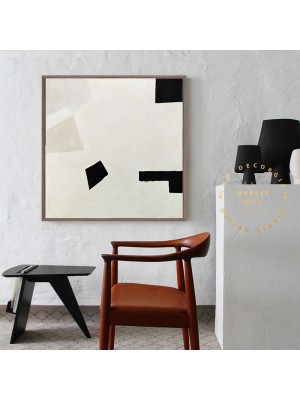
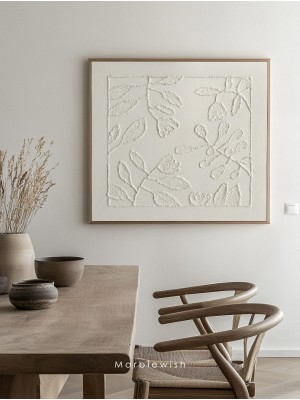
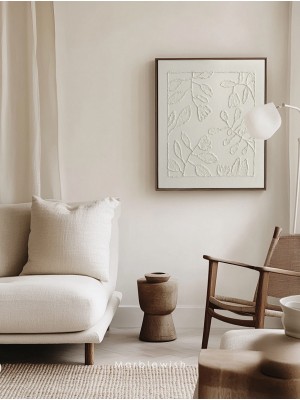
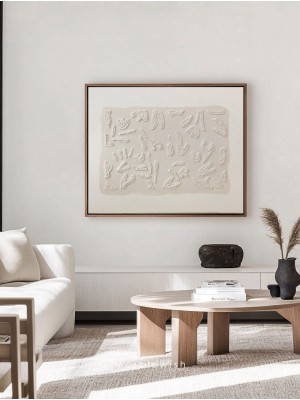
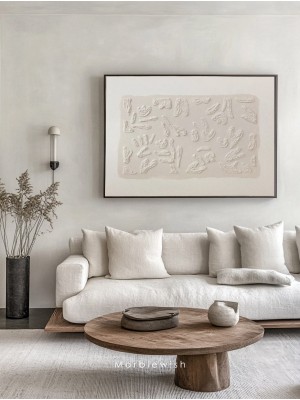
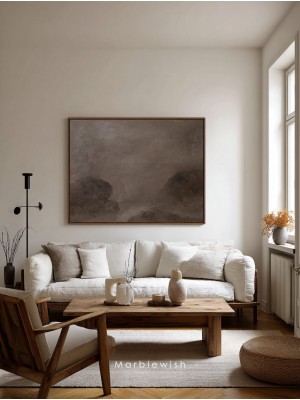
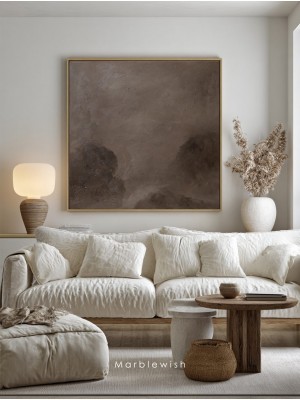
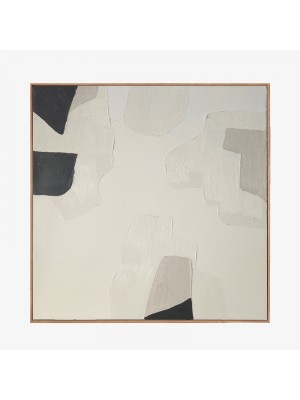
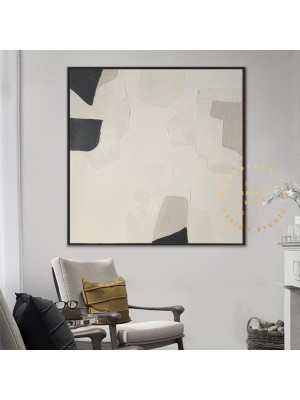
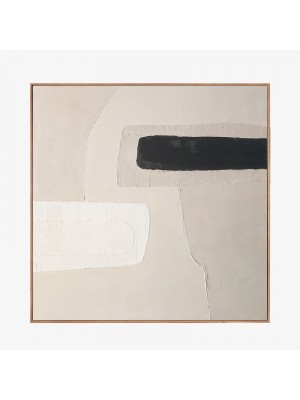
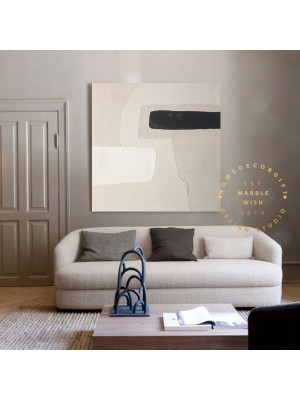
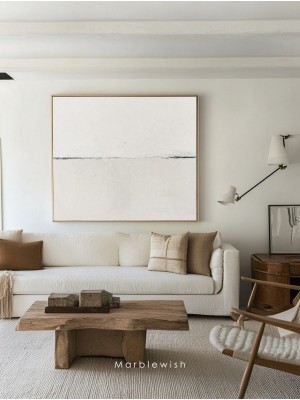
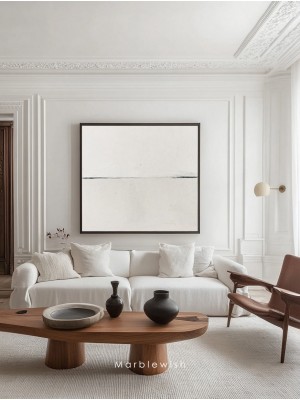
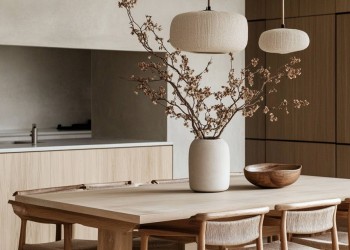
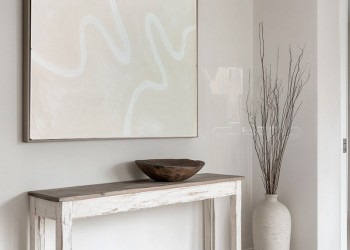
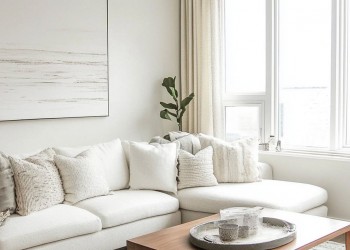
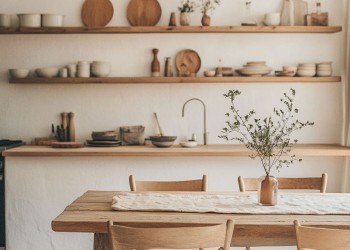
Leave a Comment